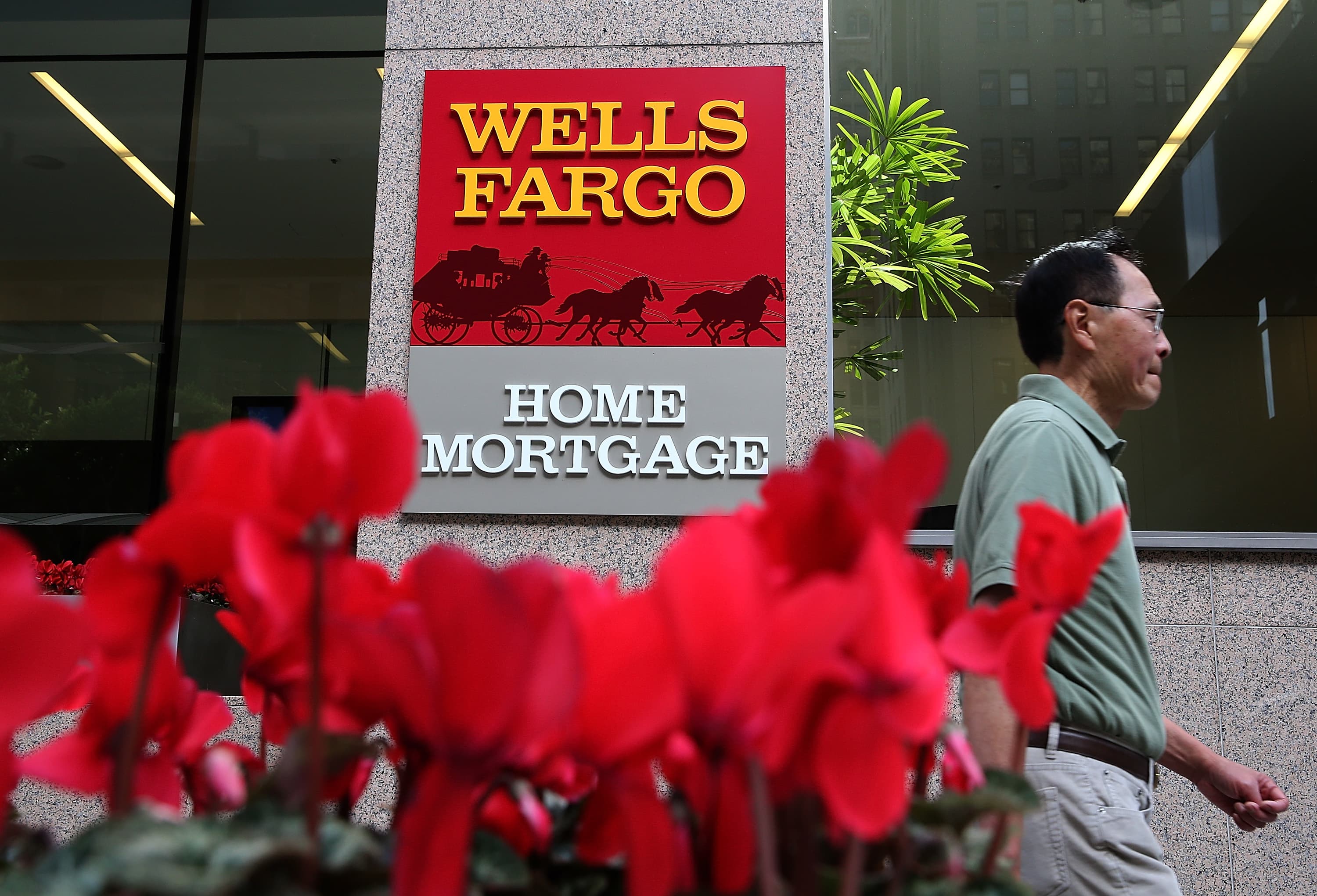If you’re in the market for a home and haven’t locked in a mortgage rate yet, that home just got more expensive.
The average rate on the popular 30-year mortgage hit 3.64% Monday morning, after rising sharply last week, according to Mortgage News Daily. On Friday, the rate was 3.5%, and last Monday it was 3.29%.
The real jump happened mid-week, when the Federal Reserve announced it would offload mortgage-backed bonds from its balance sheet sooner than expected. Bond yields also rose on news that the coronavirus omicron variant could spike and then quickly moderate, and with symptoms much weaker than previous variants, economic activity could bounce back rapidly. Mortgage rates follow loosely the yield on the 10-year Treasury.
“Last week saw bonds sell off at their fastest pace in at least 9 months on a combination of a hawkish pivot from the Fed and paradoxical omicron optimism,” wrote Matthew Graham, chief operating officer at MND. “Corporate bond issuance and looming Treasury issuance added to the selling sentiment.”
The current jump in rates will cost potential homebuyers dearly. For the median priced home, currently about $350,000, buyers putting down 20% will now see a monthly payment $125 higher than they would have just three weeks ago. For those using low down payment loans, the monthly increase will be even larger.
Mortgage rates have not been this high since the start of the pandemic in early 2020. Rates then spiked briefly, for about 3 weeks, and then continued their pre-pandemic fall, hitting more than a dozen record lows by the start of winter. This coincided with massive jump in housing demand due to the pandemic, causing homebuying to heat up fast.
In 2021, rates moved within a narrow margin, but stayed relatively low, further fueling demand and rising home prices. The only thing holding buyers back was chronic low supply.
Higher interest rates could throw some cold water on high home prices, as buyers hit an affordability wall. Much of what is propping up prices right now however, is strong investor demand for housing. Investors are less likely to use mortgages.
While demand for newly built homes is rising, the stocks of the big builders, including DR Horton, Lennar and Toll Brothers, are falling. They tend to react quickly to sharp rate moves in either direction. Builder analysts had been quite bullish on the sector, citing strong fundamentals. They now, however, appear to be reconsidering.
“Overall we expect the group (particularly builders) to be held hostage by rates and the looming Fed cycle, and we’re more cautious as the year progresses as we expect housing fundamentals to moderate,” wrote RBC analysts in a note to investors Monday.
